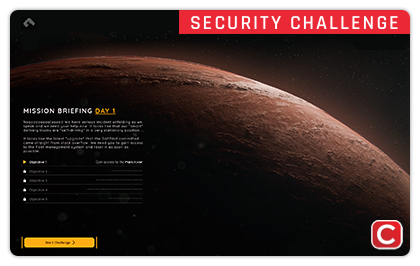
Back-updienst meet betrouwbaarheid Seagate- en HGST-schijven
Zowel bij het maken van back-ups als de primaire opslag van data is het belangrijk dat er een betrouwbaar medium wordt gebruikt. Zo kunnen defecte harde schijven tot dataverlies leiden. Back-updienst Backblaze publiceert elk kwartaal een overzicht van de harde schijven die het voor het eigen platform gebruikt en het uitvalpercentage van de apparaten.
De cijfers zijn gebaseerd op bijna 113.000 harde schijven, afkomstig van HGST, Seagate en Toshiba. HGST en Seagate zijn daarbij de voornaamste leveranciers. Van de bijna 113.000 gebruikte harde schijven in het derde kwartaal van dit jaar vielen er meer dan 6.000 uit, wat vertaalt op jaarbasis neerkomt op een uitvalpercentage van 1,73 procent. Een lichte stijging ten opzichte van het tweede kwartaal, toen 1,7 procent uitviel. Alle harde schijven van fabrikant HGST en de twee type harde schijven van Toshiba zitten onder dit percentage.
De harde schijven van Seagate laten verhoudingsgewijs meer uitval zien. Met name de 4TB- en 12TB-schijven van Seagate vallen in verhouding vaker uit dan de andere modellen waar Backblaze mee werkt. Daarbij is er een stijging te zien in het percentage uitgevallen 12TB Seagate-schijven. In het tweede kwartaal was dit op jaarbasis 1,89 procent, terwijl dit in het derde kwartaal naar 2,3 procent steeg.
Waarschijnlijk zijn die disken slechter.
Je kunt iets meer lezen op de site van BackBlaze.
Niets duidt erop dat hun load onevenredig verdeeld is over merken disks.
De enige caveat is dat ze een uitgebreidere read test gedaan hebben in Q3 .
uithttps://www.backblaze.com/blog/backblaze-hard-drive-stats-q3-2019/
Shard Integrity Checks
The shard integrity check utility runs as a utility task on each Storage Pod. In late June, we decided to increase the rate of the shard integrity checks across the data farm to cause the checks to run as often as possible on a given drive while still maintaining the drive’s performance. We increased the frequency of the shard integrity checks to account for the growing number of larger-capacity drives that had been deployed recently.
The Consequences for Drive Stats
Once we write data to a disk, that section of disk remains untouched until the data is read by the user, the data is read by the shard integrity check process to recompute the hash, or the data is deleted and written over. As a consequence, there are no updates regarding that section of disk sent to SMART stats until one of those three actions occur. By speeding up the frequency of the shard integrity checks on a disk, the disk is read more often. Errors discovered during the read operation of the shard integrity check utility are captured by the appropriate SMART attributes. Putting together the pieces, a problem that would have been discovered in the future—under our previous shard integrity check cadence—would now be captured by the SMART stats when the process reads that section of disk today.
By increasing the shard integrity check rate, we potentially moved failures that were going to be found in the future into Q3. While discovering potential problems earlier is a good thing, it is possible that the hard drive failures recorded in Q3 could then be artificially high as future failures were dragged forward into the quarter. Given that our Annualized Failure Rate calculation is based on Drive Days and Drive Failures, potentially moving up some number of failures into Q3 could cause an artificial spike in the Q3 Annualized Failure Rates. This is what we will be monitoring over the coming quarters.
There are a couple of things to note as we consider the effect of the accelerated shard integrity checks on the Q3 data for Drive Stats:
The number of drive failures over the lifetime of a given drive model should not increase. At best we just moved the failures around a bit.
It is possible that the shard integrity checks did nothing to increase the number of drive failures that occurred in Q3. The quarterly failure rates didn’t vary wildly from previous quarters, but we didn’t feel comfortable publishing them at this time given the discussion above.
Deze posting is gelocked. Reageren is niet meer mogelijk.



